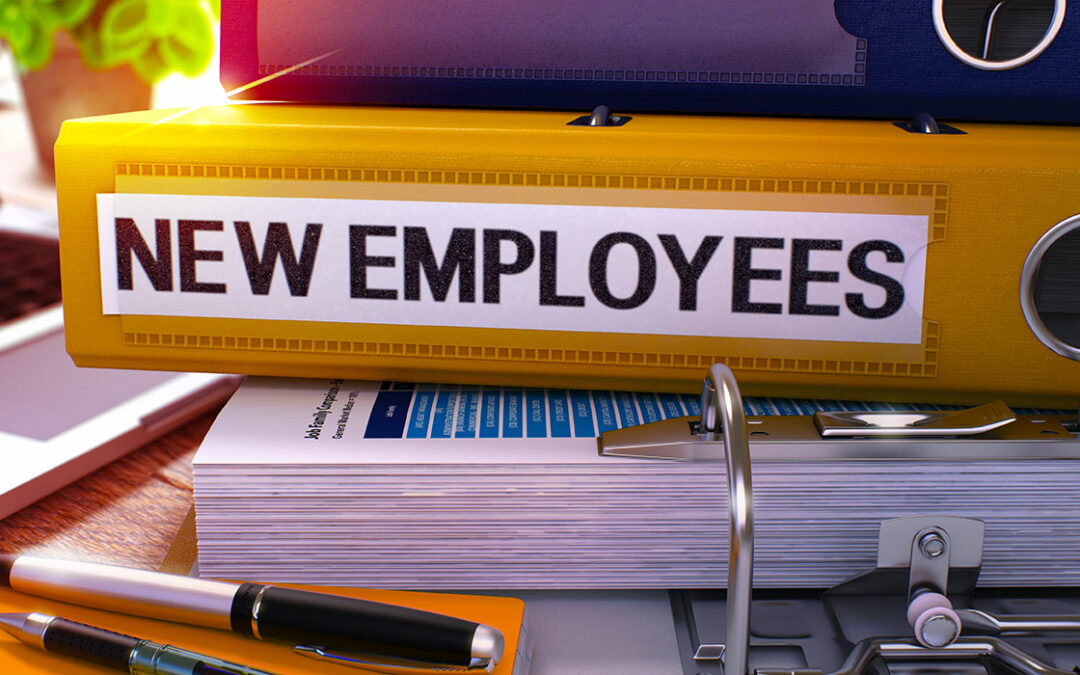As a convenience store manager, you probably spend a lot of time talking. Every day, you have to talk with employees, customers, vendors, and the list goes on. If you had to put a timer to it, how many hours do you think you spend in a work day just talking? Whatever your answer is, consider this: communication experts agree that great leaders spend more time listening than they do talking.
The Art of Listening
Listening effectively doesn’t come naturally to everyone. In fact, most people have room to improve their listening skills. Follow these 10 steps to become a better listener.
- Focus on the speaker. Stop what you’re doing and face the speaker.
- Give positive non-verbal cues. Maintain eye contact and nod to show you’re listening.
- Pick up on the speaker’s non-verbal cues. Paying attention to body language and facial expressions will help increase your understanding.
- Visualize what the speaker is saying. Try to envision the conversation topic in your mind to help you connect the dots between concepts.
- Stay in the present. Too many people spend more time formulating their response than they do listening to what is being said. Don’t let this be you.
- Keep an open mind. We all have biases and opinions, but those should come through in your responses without affecting your listening.
- Don’t interrupt. No one likes being cut off. Behave as a listener in the same way you expect others to listen to you.
- Perfect your timing. Conversations are two-way streets, but wait until the speaker pauses or gives you another cue to indicate it is your turn to talk.
- Summarize the speaker’s message. When you respond, start with something like, “So what I hear you saying is…”
- Ask clarifying questions. Achieving mutual understanding is the goal of any conversation. Ask questions when you need to, but do so in a non-confrontational way.
Virtual Listening Matters, Too
These days, we all do a lot of our communicating via email, text, or video. Your “listening” skills come in to play here, too. Even when you’re rushed to give a written reply, take a breath. Review the entire message and respond with focus and intention.
Effective Communication and the Culture of Convenience
Leaders who create a culture of convenience are able to improve communication, streamline tasks, and establish processes that improve employee performance and increase everyone’s productivity. Get weekly ideas on how to make your job easier through the Culture of Convenience podcast. Listen now!





